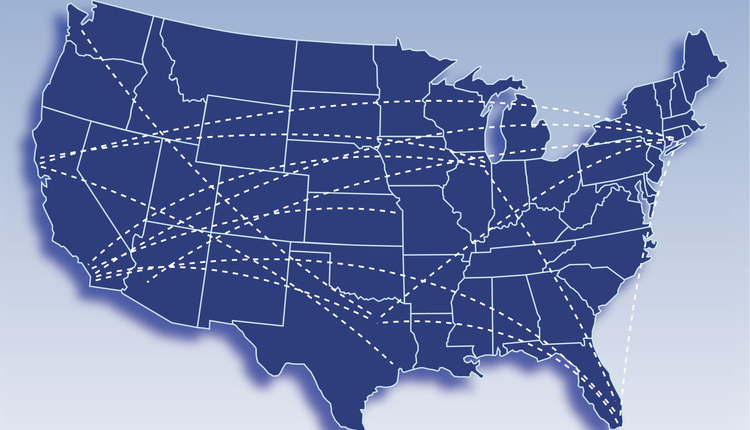The United States Postal Service (USPS) will be implementing new standards for flats deflection. The USPS has announced that these new standards will be deferred once again, this time to June 7, 2010. These changes were to have taken effect on January 4, 2010.
The revisions to the requirements themselves have not changed. What has changed is the implementation date and the pricing for mailpieces that fail the new standards. As a refresher, the revised standards extend the flats deflection standards currently in place for automation flats to all flat size mail, with the exception of flats mailing at Periodicals or Standard Mail saturation or high density rates. Pieces mailing at Periodicals or Standard Mail saturation or high density rates do not need to meet these requirements.
The deflection standards reduce the allowable droop by 1 inch (from 4 inches to 3 inches for pieces that are at least 10 inches long). The new standards also eliminate the exception for oblong flats (those with a bound edge on the shorter side). All flats will now be tested placing the length perpendicular to a flat surface.
The USPS is publishing a Federal Register notice to announce the new effective date and the pricing associated with failed mailpieces. Initially, the USPS planned to impose parcel rates or Not Flat Machineable (NFM) rates for pieces which failed the new standards. This has now been revised so that, in general, the penalty for failed pieces is the non-automation rates for the applicable class of mail.
Although the implementation date has been deferred to a later date, we encourage our clients to test their mailpieces so that any necessary adjustments may be made to pieces planned for mailing on June 7, 2010 or after. Oblong flats may be able to meet these new requirements by adding tabs on the open edges. Other non-compliant flats may need to be adjusted with regards to paper weight, trim size, type of binding, etc. in order to meet the new requirements.
If you have questions on how to test your mailpieces, or if you would like your mailpieces to be reviewed by the USPS, you should contact your local Mailpiece Design Analyst.
